If you’re wondering whether ice skating or rollerblading is harder, here’s the short answer: Ice skating is tougher for beginners. Balancing on thin metal blades on slippery ice is way more challenging than gliding on rollerblades with multiple wheels that give you more stability. But both sports share similar movements, so learning one can help with the other.
Here’s the breakdown:
- Ice Skating: Harder to balance due to thin blades and slippery surfaces. Learning to stop, turn, and glide takes time and precision.
- Rollerblading: Easier for beginners, thanks to a more stable base (wheels) and predictable surfaces like pavement. Stopping and turning feel more natural.
And if you’re into winter sports but want an easier, more portable option, check out Snowfeet. These mini ski skates combine the fun of skating and skiing. They strap onto your regular winter boots, work on any snowy terrain, and are simple to use - even for beginners. At $250, they’re lightweight, easy to carry, and don’t require bulky gear.
Quick Comparison:
| Feature | Ice Skating | Rollerblading | Snowfeet |
|---|---|---|---|
| Balance | Thin blades, harder to master | Wider wheels, more stable | Multiple contact points |
| Learning | Takes weeks to feel confident | Easy to learn within hours | Fun in under 30 minutes |
| Gear | Requires skates, sharpening | Rollerblades, minimal upkeep | Fits regular winter boots |
| Where | Rinks, seasonal limitations | Pavement, year-round | Any snowy terrain |
So, whether you’re strapping on skates, blades, or mini skis, each has its perks. But if you want something simple and fun for the snow, Snowfeet might be your new go-to. :)
INLINE vs ICE SKATING .. Differences Explained
Balance and Stability: Ice Blades vs. Roller Wheels
When it comes to ice skating and rollerblading, everything boils down to one key skill: balance. But how each activity tests your stability is where things get interesting. Let’s break down the differences to help you figure out which one might suit you better.
Ice Skating: Thin Blades on Slippery Ice
Ice skating is all about mastering balance on a razor-thin blade while gliding across a slippery surface. Ice, with its low friction, amplifies even the smallest weight shifts. This means every movement needs to be precise, or you risk sliding unexpectedly. Your ankles are constantly working to make those micro-adjustments that keep you upright.
Indoor rinks usually offer smooth and consistent ice, but outdoor rinks can throw in extra challenges like rough patches or softer spots. These unpredictable surfaces demand even more focus on balance and "edge control" - the skill of shifting your weight just right to stay stable as you move.
Rollerblading: Wider Wheels on Solid Surfaces
Rollerblading, on the other hand, gives you a bit more forgiveness. Instead of a single thin blade, you’re balancing on multiple wheels that provide a much wider base. Solid surfaces like pavement or smooth trails offer consistent grip, making it easier to keep your balance and giving you more time to recover if you start to tip.
This wider base acts like a built-in stabilizer. If you lean too far in one direction, you have more room to correct yourself before things spiral out of control. The result? A smoother, more predictable learning curve compared to ice skating.
Snowfeet*: Stability and Control on Snow
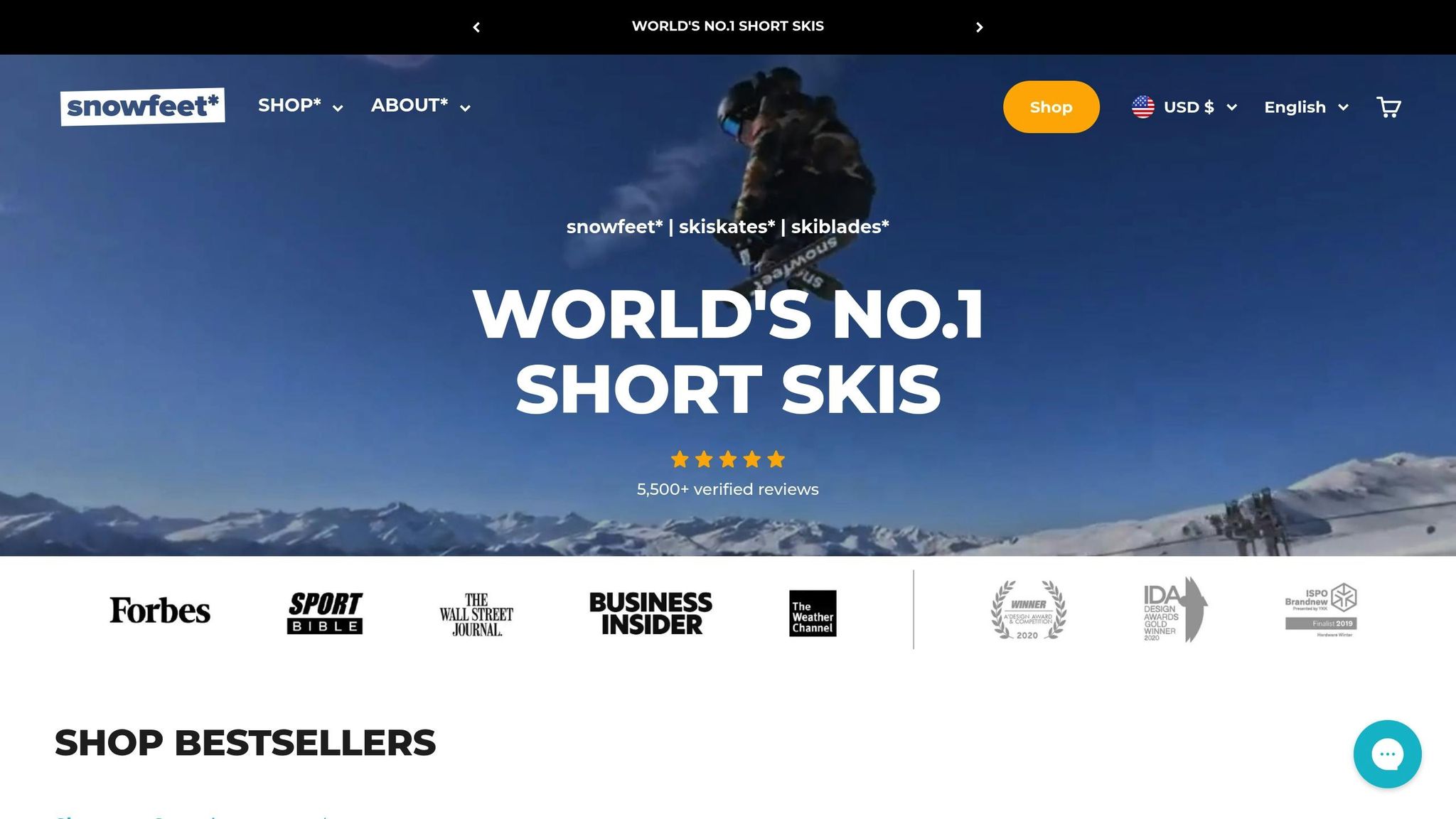
Now, let’s talk Snowfeet*. These compact ski skates blend the best of both worlds - offering a unique way to stay stable on snow. Unlike traditional skis from brands like Rossignol or K2 that are long and less forgiving during quick balance shifts, Snowfeet* keep your center of gravity low and your movements quick and agile.
Snow strikes a balance between the slipperiness of ice and the grip of pavement. It’s not as slick as ice, but it’s softer and more forgiving when you fall. Snowfeet* take advantage of this by using multiple contact points for added stability. Plus, they pair with regular winter or snowboard boots, unlike the stiff ski boots from companies like Salomon or Atomic. This allows for natural ankle movement, making it easier to maintain control.
Compared to snowboards from brands like Burton or Lib Tech, which lock both feet onto a single platform, Snowfeet* let your feet move independently. This freedom promotes better balance and a more intuitive feel. By combining the balance dynamics of ice skating and rollerblading, Snowfeet* bring a fresh twist to winter sports gear, giving you a fun and controlled way to glide through the snow.
Learning Curve and Basic Skills
Each sport comes with its own challenges, and how quickly you pick up the basics can play a big role in keeping you motivated. Whether you're gliding on ice skates or rolling on rollerblades, the learning curve can either hook you or leave you frustrated.
Ice Skating: A Slower Start
Ice skating takes time to get the hang of. For most beginners, it can take weeks of practice just to skate forward without clinging to the rink walls. And let's be real - when you fall on ice, it doesn't exactly cushion the blow.
Stopping is one of the toughest skills to learn. The hockey stop, which looks so effortless when pros do it, demands precise control over your edges and coordinated leg movements. It can take months to master. Many beginners stick with the "snowplow stop", which is safer but limits how fast (and confident) you can be on the ice. Then there's turning, which requires shifting your weight and balancing while your brain screams, "Don't fall!" It's a lot to juggle.
Even the gliding motion feels unnatural at first. Your instinct is to tense up and resist the slide, but smooth skating is all about relaxing and moving with control. For many, overcoming this mental hurdle takes longer than nailing the physical techniques.
Rollerblading: A Quicker Path to Confidence
Rollerblading offers a gentler learning curve. Thanks to the stability of multiple wheels, most people can glide forward within their first hour of practice. Basic turning? That often comes naturally as you lean into curves.
Stopping is less intimidating too. The heel brake lets you drag your foot to slow down - a motion that feels second nature if you've ever ridden a scooter or bike. And unlike ice, which can be unpredictable, smooth pavement gives you consistent traction. This means you can focus on learning the moves instead of worrying about sudden slips or changes in surface texture.
Snowfeet*: Quick and Easy to Learn
This is where Snowfeet* flips the script. Traditional ski brands like Rossignol or Volkl often require you to master complicated techniques with bulky gear. Snowfeet*? They make it simple. These compact, 38cm Mini Ski Skates strap onto your regular boots, so there's no need for heavy ski boots or gear from brands like Salomon. Since you're using familiar footwear, balancing feels natural right from the start.
Stopping with Snowfeet* is a breeze. Just angle your feet into a wedge - similar to the pizza slice technique kids learn when skiing. Unlike long skis from brands like K2 or Atomic, which extend way beyond your stance, Snowfeet* stay close to your body, making control easier.
The snow itself is a forgiving surface. It’s softer than pavement if you fall, but more predictable than ice. Plus, Snowfeet* offer multiple contact points, giving you more stability than single-blade ice skates or the locked-in feel of snowboards from brands like Burton or Lib Tech.
Most people using Snowfeet* are carving turns and having fun within 30 minutes. Compare that to traditional skiing, where it often takes several pricey lessons just to feel comfortable on a beginner slope. At $250 for the Mini Ski Skates, you're getting gear that skips the steep learning curve, making winter sports way more accessible and fun right from the start.
sbb-itb-17ade95
Equipment and Access
Every sport comes with its own set of gear, practice spaces, and seasonal limitations. These factors can make a big difference in how easy a sport is to pick up and enjoy over time.
Ice Skating: Seasonal and Location Challenges
Ice skating isn’t the easiest sport to dive into. For starters, most beginners rent skates at rinks, but these rentals are often low quality. According to DrPizza, Administrator Elite Member Goat Whisperer:
"For ice skating, more people than not rent the skates at the ice rink... the skates are cheap quality (thus the hurting feet because of more pressure on the center of the foot, like walking on a tight rope), and the blades are rarely sharp enough to give you a good edge."
If you want to improve, you’ll eventually need to invest in better skates, which can be pricey. Plus, ice skating has some clear location and seasonal restrictions. Rinks are harder to find in warmer areas, and outdoor ice depends entirely on the weather. Let’s not forget the regular blade sharpening - it’s another small but annoying task that adds to the upkeep. Compared to other sports, these barriers can make ice skating less accessible.
Rollerblading: Year-Round Freedom
Rollerblading, on the other hand, offers flexibility that ice skating doesn’t. You can skate on sidewalks, bike paths, or even indoor rinks, no matter the season. Once you’ve bought a pair of rollerblades, maintenance is pretty minimal - just the occasional wheel or bearing replacement. This year-round accessibility makes it easier to stick with the sport and improve over time. And while rollerblading shines with its convenience, Snowfeet* take things up a notch by blending portability and winter fun.
Snowfeet*: Compact and Ready for Adventure
Snowfeet* change the game when it comes to winter sports. Priced at $250 for the Mini Ski Skates, they attach directly to your regular winter boots, skipping the need for bulky and expensive ski boots from brands like Salomon or Rossignol. Measuring just 38 cm, they’re lightweight and small enough to fit in a backpack. This makes them perfect for spontaneous snow outings or trips without the hassle of lugging around traditional ski gear.
What’s more, Snowfeet* let you enjoy winter sports almost anywhere. A snowy park, a hillside, or even your backyard can become your playground - no need for ski resorts or special facilities. Maintenance is easy too, requiring just a quick wax. They perform well in different snow conditions, offering plenty of fun without the usual logistical headaches. For travelers, their compact size is a huge plus, making them an excellent alternative to traditional skis while keeping the learning process simple and accessible.
Snowfeet* vs. Traditional Ski and Snowboard Brands
Snowfeet* brings a fresh twist to winter sports with its compact and easy-to-use design. Unlike traditional skis and snowboards, which can feel bulky and restrictive, Snowfeet* offers a lightweight, portable alternative that’s easy to carry and even easier to enjoy.
Comparison Table: Snowfeet* vs. Traditional Skis and Snowboards
| Feature | Snowfeet* Mini Ski Skates (38cm) | Traditional Skis | Traditional Snowboards |
|---|---|---|---|
| Portability | Fits in a backpack | Heavy and bulky – often require a roof rack | Bulky – usually need a dedicated carrying bag |
| Boot Requirement | Works with regular winter boots | Require specialized ski boots | Require snowboard-specific boots |
| Learning Curve | Quick and easy to pick up | Steep and time-intensive | Moderate but still challenging |
| Terrain Access | Adaptable to various snowy terrains | Mostly limited to groomed slopes | Best suited for slopes or parks |
| Storage | Takes up minimal space | Needs a lot of storage room | Requires significant storage space |
Why Snowfeet* Stands Out
Looking at the table, it’s clear that Snowfeet* beats traditional skis and snowboards in portability, ease of use, and adaptability. Traditional skis are heavy and often require roof racks or large bags for transport, while Snowfeet* are so compact they can slip into a backpack. This makes them perfect for exploring tight hiking paths or untouched snow-covered areas where traditional gear would be a hassle.
Another standout feature is how beginner-friendly Snowfeet* are. Learning to ski or snowboard often involves lessons, practice, and patience. Snowfeet*, on the other hand, are intuitive and let you jump right into the fun without the steep learning curve.
And then there’s the freedom they offer. Unlike traditional skis and snowboards that are mostly tied to resorts or groomed trails, Snowfeet* open up a world of spontaneous winter adventures. Their compact design means you can venture off the beaten path without lugging around heavy gear.
Snowfeet* is flipping the script on snow sports. By simplifying the experience, they’re proving that less can indeed be more. Whether you’re a seasoned enthusiast or a curious beginner, Snowfeet* makes winter sports more accessible and fun.
Conclusion: Which is Harder and Why Snowfeet* is Better
When it comes to difficulty, ice skating takes the lead. The thin blades, slippery ice, and constant need for balance make it a steeper challenge for beginners. Rollerblading, on the other hand, offers a friendlier learning curve thanks to its wider wheels and more stable surfaces.
But here’s the thing - both sports come with their own limitations. Ice skating ties you to specific rinks and seasonal availability, while rollerblading relies on smooth, dry paths. That’s where Snowfeet* steps in as a game-changer. Forget about rink schedules, rental fees, or weather restrictions. Snowfeet* works with your regular winter boots, letting you glide on any snowy terrain and turning the outdoors into your personal playground.
With a compact design and a price tag of $250, Snowfeet* makes winter sports more accessible and hassle-free. Plus, they’re easy to pick up - no weeks of practice required. You can hit the snow and start having fun in minutes.
So, instead of choosing between ice skating or rollerblading, why not embrace a smarter, more exciting way to enjoy the season? Snowfeet* solves the challenges of both and delivers pure winter fun, wherever there’s snow.
FAQs
What challenges do beginners face when learning ice skating compared to rollerblading?
For those just starting out, ice skating can feel tougher than rollerblading. Balancing on a thin blade while gliding over slippery ice is no small feat. It takes some practice to stay steady, especially if you're new to it. Rollerblading, on the other hand, offers a wider base and a solid surface, which feels a lot more stable and beginner-friendly.
If you're looking for a fun way to dip your toes into winter sports, Snowfeet Skiskates might just be your new favorite thing. These nifty little skates combine the quick movements of skating with the thrill of skiing. They're lightweight, simple to use, and perfect for beginners. Plus, they let you explore snowy landscapes with ease, making them a great alternative to traditional skis or snowboards.
What makes Snowfeet* different from traditional skiing and snowboarding?
Snowfeet* bring a fresh twist to hitting the slopes, offering a compact alternative to traditional skiing and snowboarding. Unlike long, bulky skis - often over 5 feet in length - Snowfeet* are much smaller, ranging from just 17 to 47 inches. This makes them lightweight, easy to handle, and especially appealing to beginners or anyone looking for a simpler way to enjoy winter sports.
One of their standout features is convenience. You don’t need special ski boots to use them - just strap them onto your regular winter shoes or snowboard boots. Plus, their portability is a game-changer. Toss them in your backpack, and you’re ready for a quick trip to the slopes without lugging around heavy gear. Whether you’re after a low-key snow activity or something a little out of the ordinary, Snowfeet* let you enjoy the snow with less hassle and more fun.
Can Snowfeet* be used in all types of snowy conditions, and how do they compare to traditional winter sports gear?
Snowfeet* are made to handle all kinds of snowy terrains - whether you're cruising down groomed slopes, hitting up a snow park, exploring cross-country trails, or just messing around in your backyard or on the local sledding hill. Thanks to their lightweight and compact design, they’re super easy to carry and store. No more lugging around heavy skis or snowboards! And the best part? You can use them with your regular winter boots - no need to invest in special footwear.
Another cool thing about Snowfeet* is how beginner-friendly they are. Compared to traditional skis or snowboards, they’re much easier to pick up, so you can start having fun faster. Plus, their versatility means you can take them pretty much anywhere the snow takes you, without dealing with bulky gear.







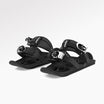
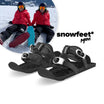
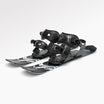
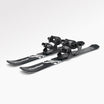

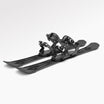

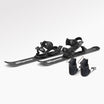






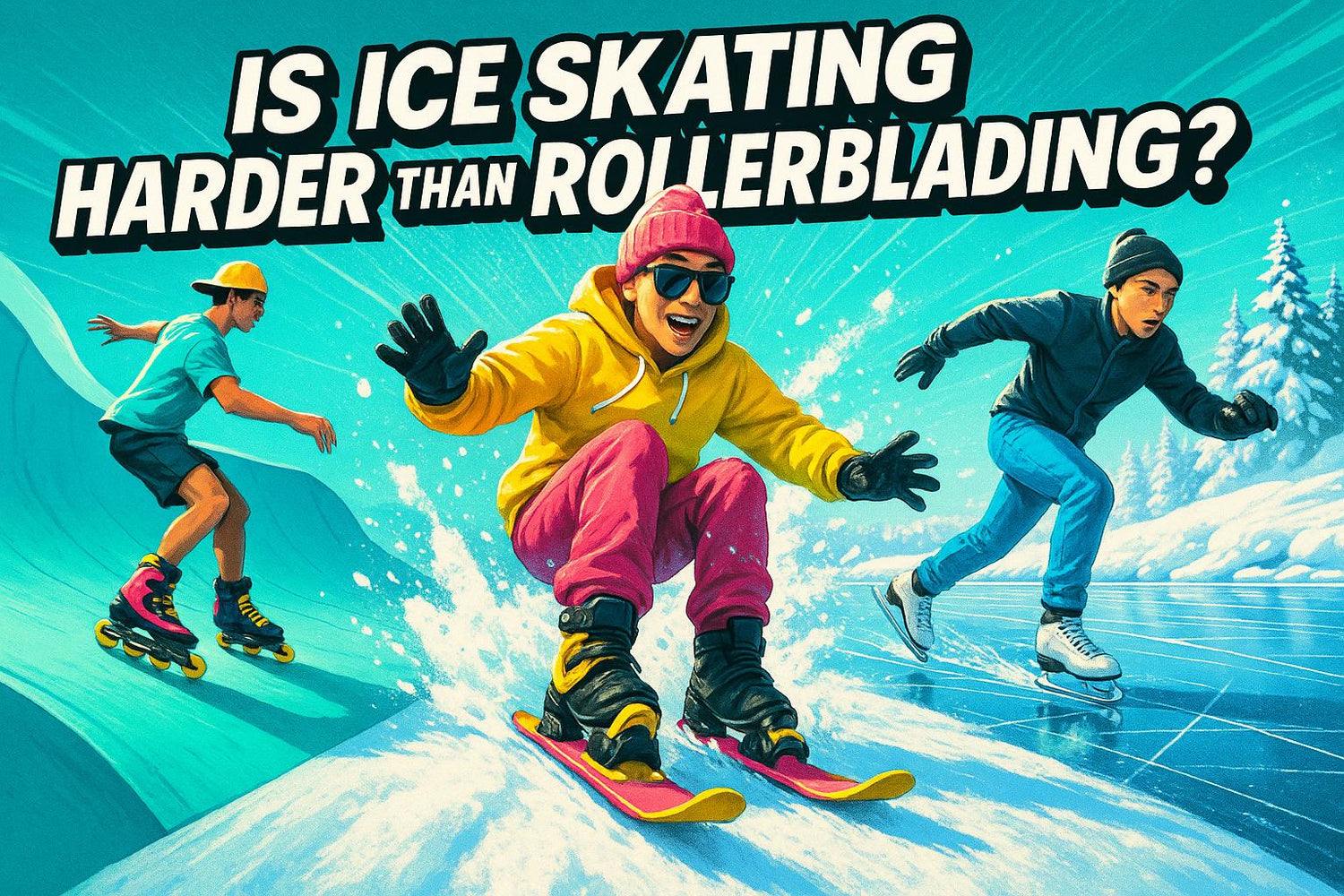
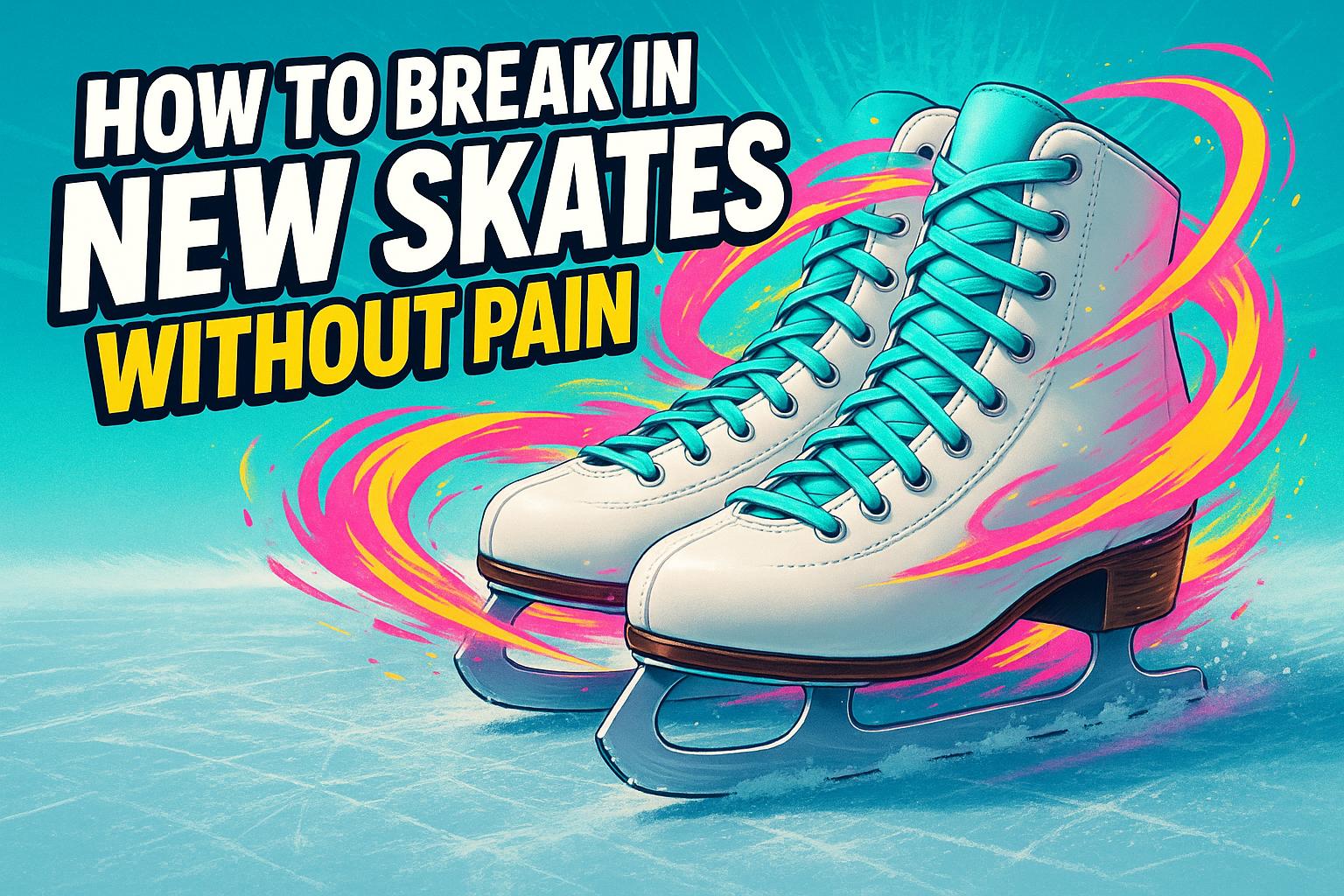





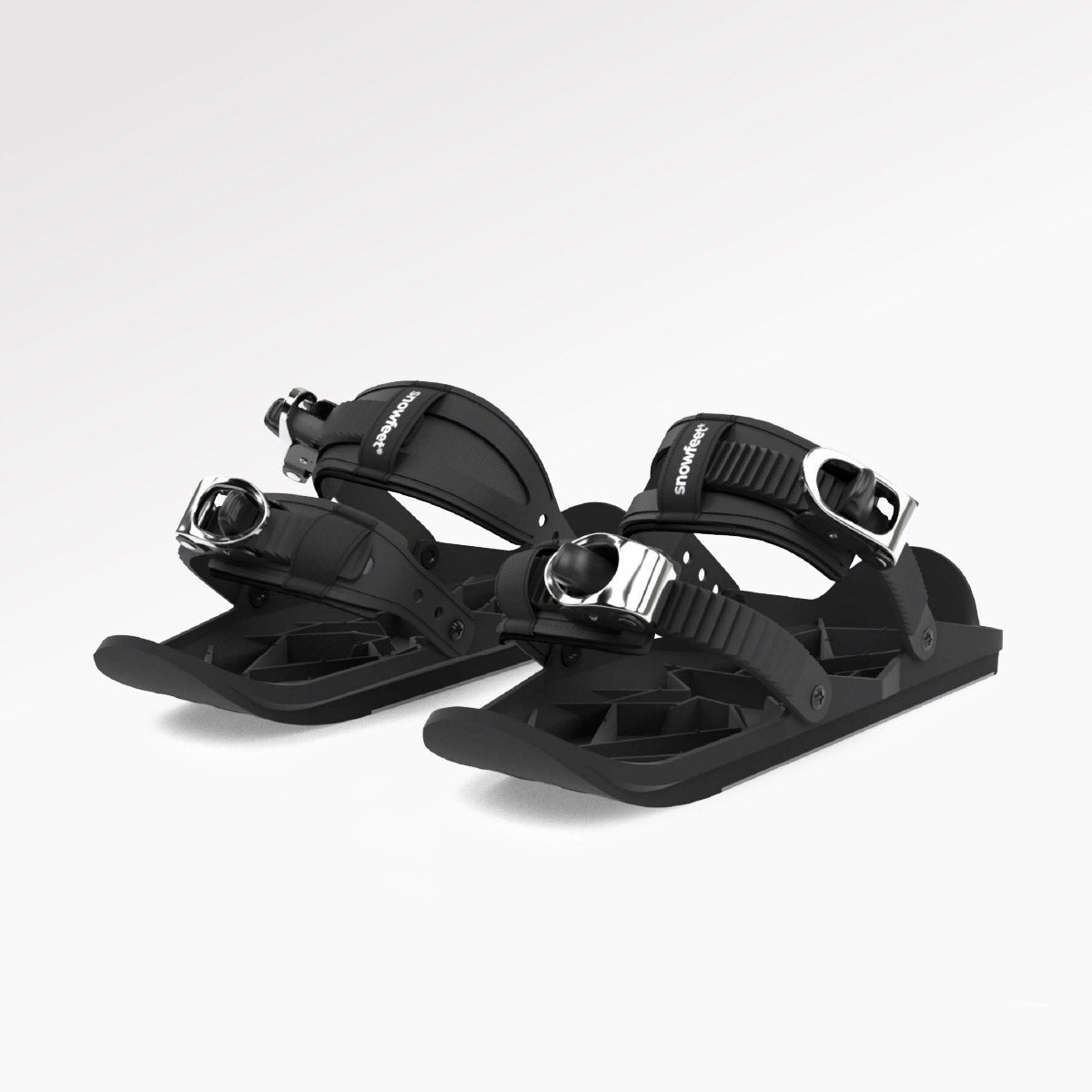
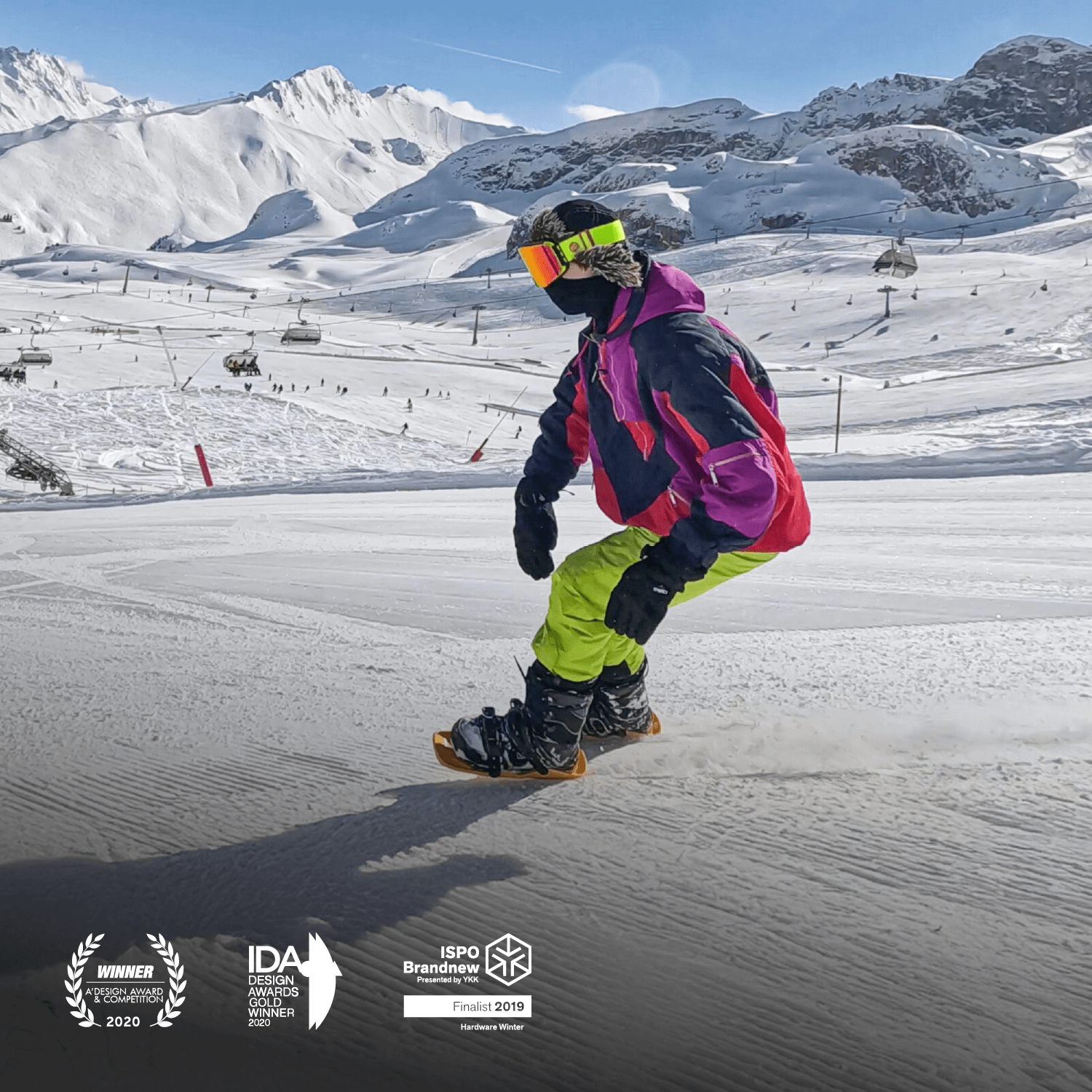
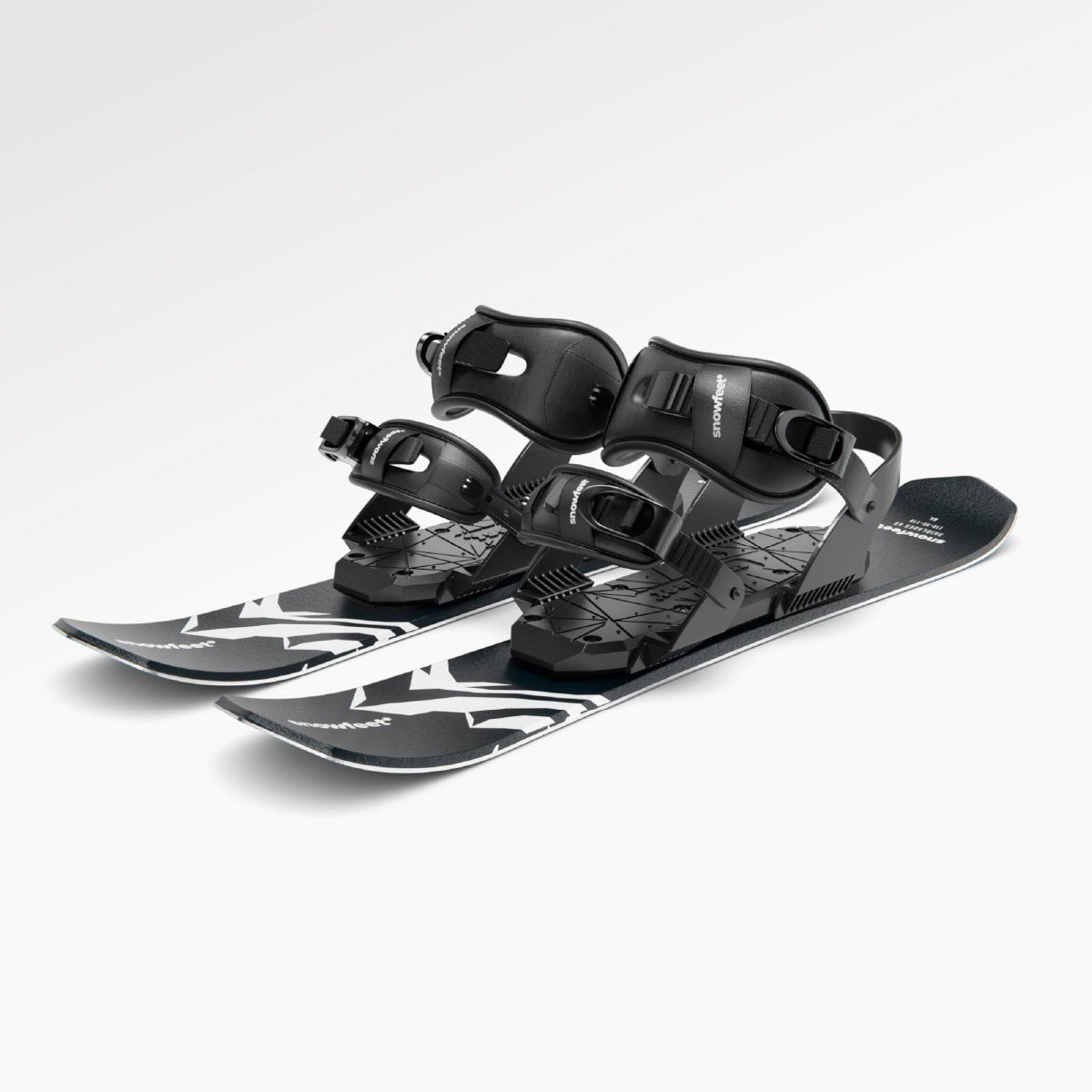

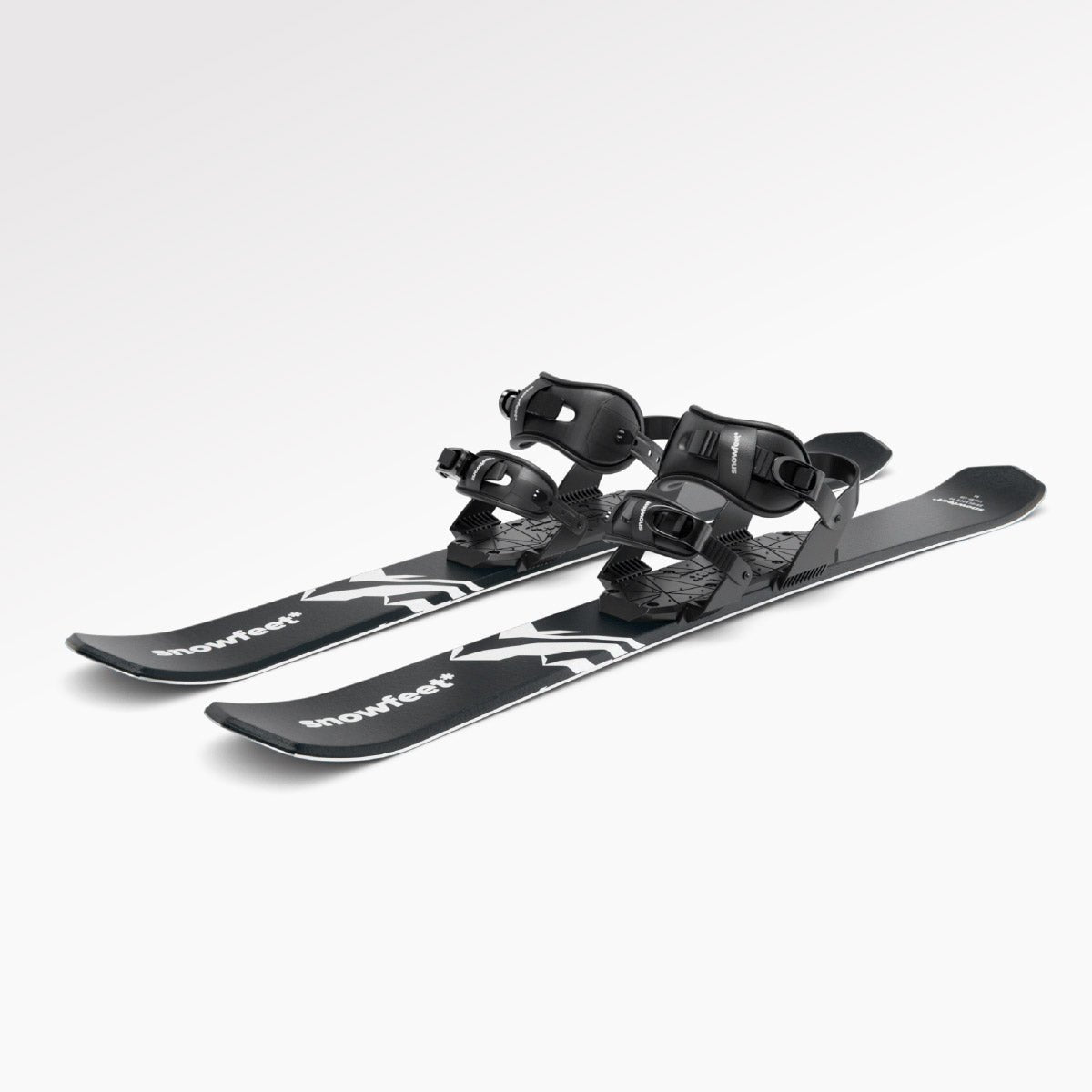

Hagyj egy hozzászólást
Ezt a webhelyet a hCaptcha rendszer védi, és a hCaptcha adatvédelmi szabályzata, valamint szolgáltatási feltételei vonatkoznak rá.